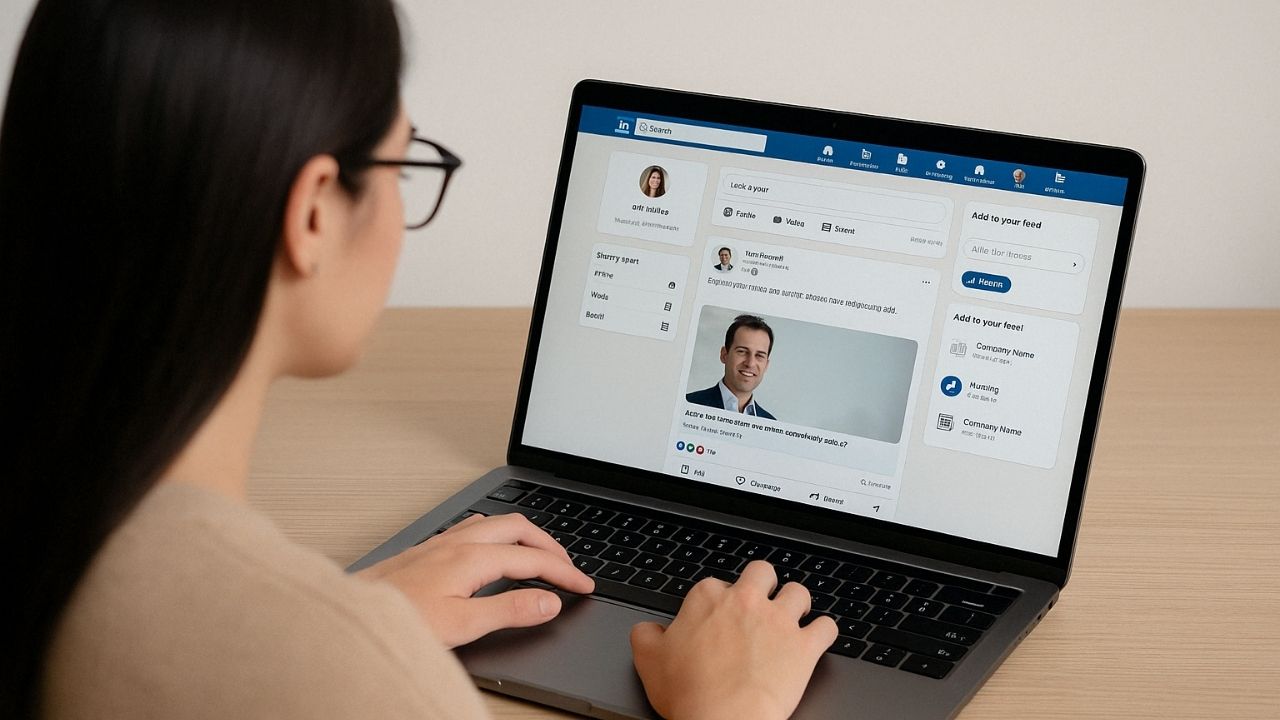A primary goal of the customer-centric approach is satisfying customers. Thus, it’s vital to conduct customer satisfaction surveys to gather valuable insights into your business performance regarding customer satisfaction and identify areas for improvement.
Customer satisfaction survey answers questions like, what do customers like about our product? Is our website easy to navigate? Are their issues resolved quickly and promptly? Would a customer buy from us again? You must know how to conduct an effective customer satisfaction survey to get relevant answers to these questions.
This article discusses the steps to conduct an effective customer satisfaction survey.
Understanding the Importance of Customer Satisfaction Surveys
Customer satisfaction surveys serve as a window into your customers’ minds. When you receive feedback, you can better understand their experiences, preferences, and pain points. You can then use this information to make informed decisions that enhance your products, services, and customer experience.
Some key benefits of conducting customer satisfaction surveys include:
1. Identifying Areas for Improvement
Customer surveys often uncover issues you may need to be aware of. For instance, some customers may be unhappy with a specific product feature or have had a frustrating experience dealing with your support team. It could also be that your website’s checkout process is difficult to navigate. Whatever the issue, customer feedback helps you know where you can improve your service.
2. Measuring Customer Loyalty
The survey responses provide invaluable data about customer loyalty. These responses help you understand customers’ loyalty by assessing their likelihood of continuous patronage rather than taking their business to a competitor.
Loyal customers make repeat purchases and promote your business through word of mouth, contributing significantly to your revenue and growth. Thus, it’s crucial to understand the key factors driving loyalty to intensify your efforts to build customer loyalty.
3. Finding New Opportunities
Through a customer satisfaction survey, you can get customers to leave comments on how you can improve your services to satisfy them better. This insight will help you find new opportunities to redefine your services, improve your product, and expand your product line or services. Thus, you get to enhance customer loyalty by satisfying them.
4. Benchmarking against competitors
You can use surveys to understand how satisfied your customers are compared to your competitors’ customers. This will help you determine whether you are better at meeting customer needs than others in your industry.
Collecting, analyzing, and acting upon customer feedback through surveys demonstrates that you value your customers’ opinions. This level of attentiveness to their needs builds trust, strengthens loyalty, and enhances your overall brand reputation, positioning your business as a better option than your competitors.
Also read: A Complete Guide to Consumer Behavior Analysis for Small Business Owners
Steps to Conduct a Customer Satisfaction Survey
Now that you understand the importance of customer satisfaction surveys let us dive into the steps to conduct an effective one:
1. Define Your Objectives:
Start by clearly defining the goals and objectives of your customer satisfaction survey. Are you seeking feedback on a specific product or service, assessing overall customer satisfaction, or measuring customer loyalty? Knowing your objectives will help you design a more targeted and practical survey.
2. Determine Your Survey Audience:
Identify the specific customer group from whom you want to gather feedback. This could be your entire customer base or a subset of customers who have recently interacted with your business. It could also be a targeted segment based on specific criteria.
3. Choose Your Survey Methodology:
Choose a suitable survey method, such as online surveys, phone interviews, or in-person surveys. When determining the best survey approach for your business, consider cost, response rate, and the type of feedback you seek.
4. Develop Your Survey Questions:
Carefully craft relevant survey questions to understand customer sentiment. Use a mix of closed-ended questions like rating scales and open-ended questions where customers can express their opinions in detail.
Rating questions are best for straightforward opinions, like “How satisfied are you with our product quality on a scale of 1-5?” On the other hand, open-ended questions work well for getting more context, such as “What did you like most about your recent experience with our company?”
5. Pilot Test Your Survey:
Conduct a pilot test with a small group of customers before distributing your survey. This pretest is a quick check to ensure the questions are straightforward, the survey is easy to navigate, and the overall experience is positive.
6. Distribute and Promote Your Survey:
Once you’ve finalized your survey, distribute it to the target audience. Also, encourage participation by offering incentives, such as discounts or giveaways, and promote the survey through various channels, such as email, social media, or your website.
7. Analyze the Results:
After customers have had time to complete the survey, go through all the feedback. Carefully analyze the survey responses to identify trends, patterns, and areas for improvement. Pay close attention to responses to open-ended questions, as they usually provide the best insights into customer behavior. After analyzing the results, present the findings using data visualization tools like graphs and charts for better representation.
8. Act on the Feedback:
Don’t let the survey results gather dust—act on them. Use the insights to make meaningful changes to your products, services, and customer experience. Share the findings with your team and involve them in implementing improvements.
9. Follow Up with Customers:
Follow up on the survey results to demonstrate to your customers that you value their feedback. Inform them of the changes you’ve made or plan to make based on their input, and express your gratitude for their participation.
Examples of Customer Satisfaction Surveys
To give you a better understanding of what customer satisfaction surveys look like, here are a few customer satisfaction survey examples:
1. Coca-Cola Customer Satisfaction Survey:
Coca-Cola’s customer satisfaction survey measures overall satisfaction with its products and brand experience by asking consumers to share their Coca-Cola experience. They ask consumers to describe their experience in 500 characters, write a 500-character quote or testimonial telling someone about their encounter, and share a photo or selfie holding their favorite refreshing Coca-Cola beverage.
Coca-Cola’s approach adds a touch of fun to the survey and makes consumers feel special as they share personal pictures and tell their Coca-Cola story.
2. Skype Customer Satisfaction Survey
Skype asks for feedback after every call. The survey is three questions long. The best part is that it gives multiple answer options, making it easy for users to respond. The first question, “How was the call quality?” is a general call quality rating.
The other two questions expand on the first question and ask about audio and video quality, with multiple answer options for people to tick out. Then, there’s a separate box for those who found both audio and video quality excellent.
3. Taco Bell Feedback Survey
Taco Bell prints its receipt with survey instructions placed in easy-to-find locations. It also offers rewards to incentivize customers when they fill out surveys, including raffle draw participation after completing the task. The incentive attached to Taco Bell’s survey increases excitement and participation, ensuring the company gets responses.
4. Etsy Customer Satisfaction Survey
Etsy has a more extended survey spanning 5 to 7 minutes, sent as an email through its research team. The email comes with a picture of the team member, making it more personal and allowing the consumer to establish a human connection with the company.
The greeting from the research team member makes customers feel special, easing them up for the long survey that feels necessary because it’s for research purposes.
Frequently Asked Questions (FAQs)
The frequency of your customer satisfaction surveys will depend on the nature of your business and the rate of change in your products or services. Many companies conduct surveys on an annual or semi-annual basis. In contrast, others may do it more frequently, quarterly or monthly, to stay on top of evolving customer needs.
There is no one-size-fits-all answer, as the “good” score will vary depending on your industry and the specific metrics you’re using. However, as a general guideline, a Net Promoter Score (NPS) above 0 is considered good, with scores above 50 being excellent.
For other satisfaction metrics, such as overall satisfaction or likelihood to recommend, scores of 4 or higher on a 5-point scale are generally considered positive.
To boost response rates, do the following:
(a) Offer incentives, such as discounts, gift cards, or entry into a raffle.
(b) Keep the survey short, focusing on the most crucial questions.
(c) Ensure the survey is mobile-friendly and easy to complete.
(d) Communicate the survey’s purpose and how you intend to use the feedback.
(e) Use reminders and additional outreach to follow up on on-respondents.
When analyzing your survey results, look for patterns and trends in the data. Identify your top-performing and underperforming areas, and dig deeper into the open-ended responses to understand the “why” behind the numbers.
Consider segmenting the data by customer demographics, purchase history, or other relevant factors to uncover insights. Finally, compare your results to industry benchmarks or your company’s historical data to weigh your performance over time.
When you act on customer feedback, you can create a more positive and loyal customer base, ultimately driving business growth and success. You can also use the insights drawn from your customer satisfaction survey to drive several business improvements, such as:
(a) Enhancing product or service offerings to meet customer needs better
(b) Improving customer support and communication channels
(c) Streamlining operational processes to enhance the overall customer experience
(d) Developing more targeted marketing and sales strategies
(e) Identifying opportunities for cross-selling or up-selling to existing customers











